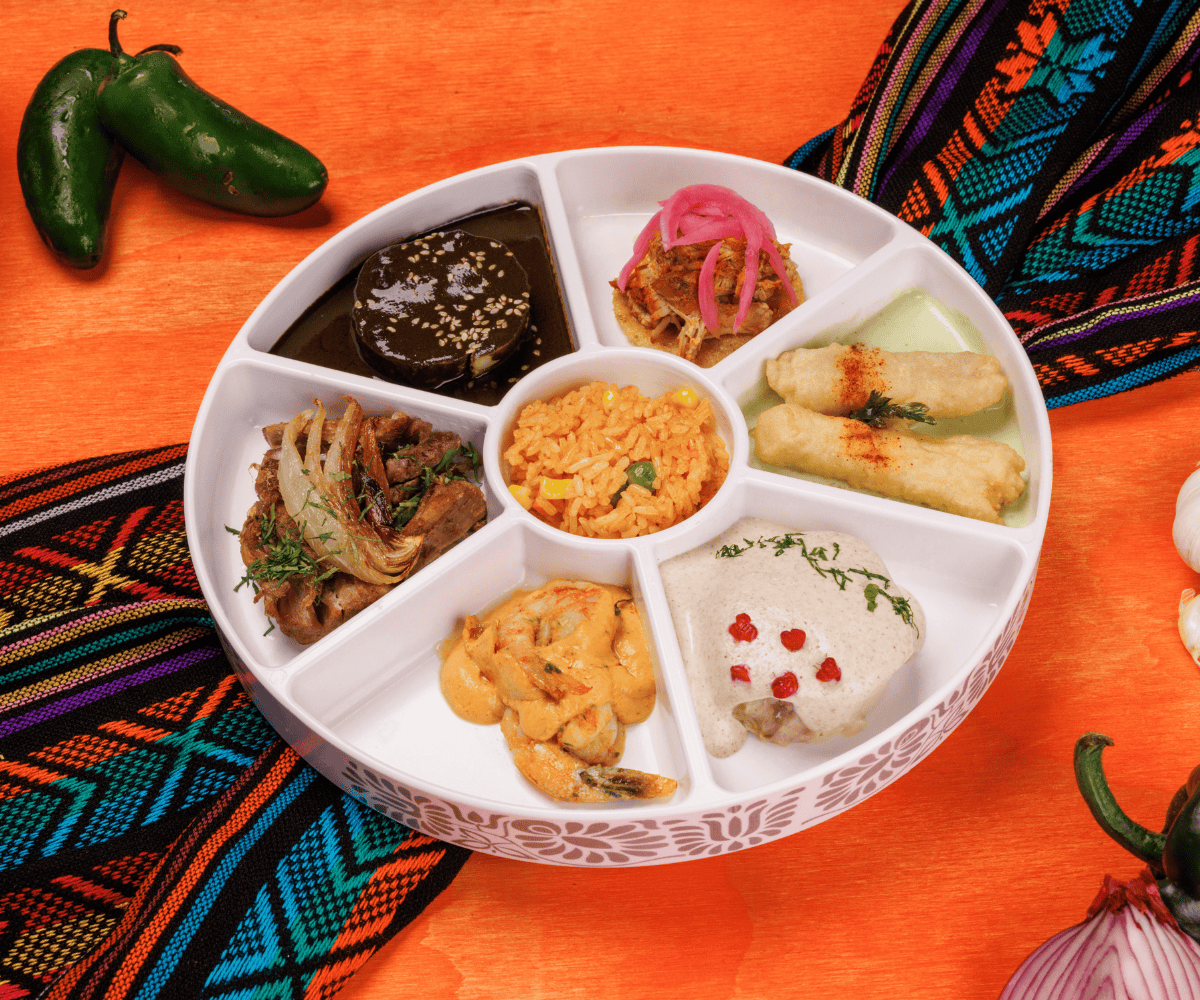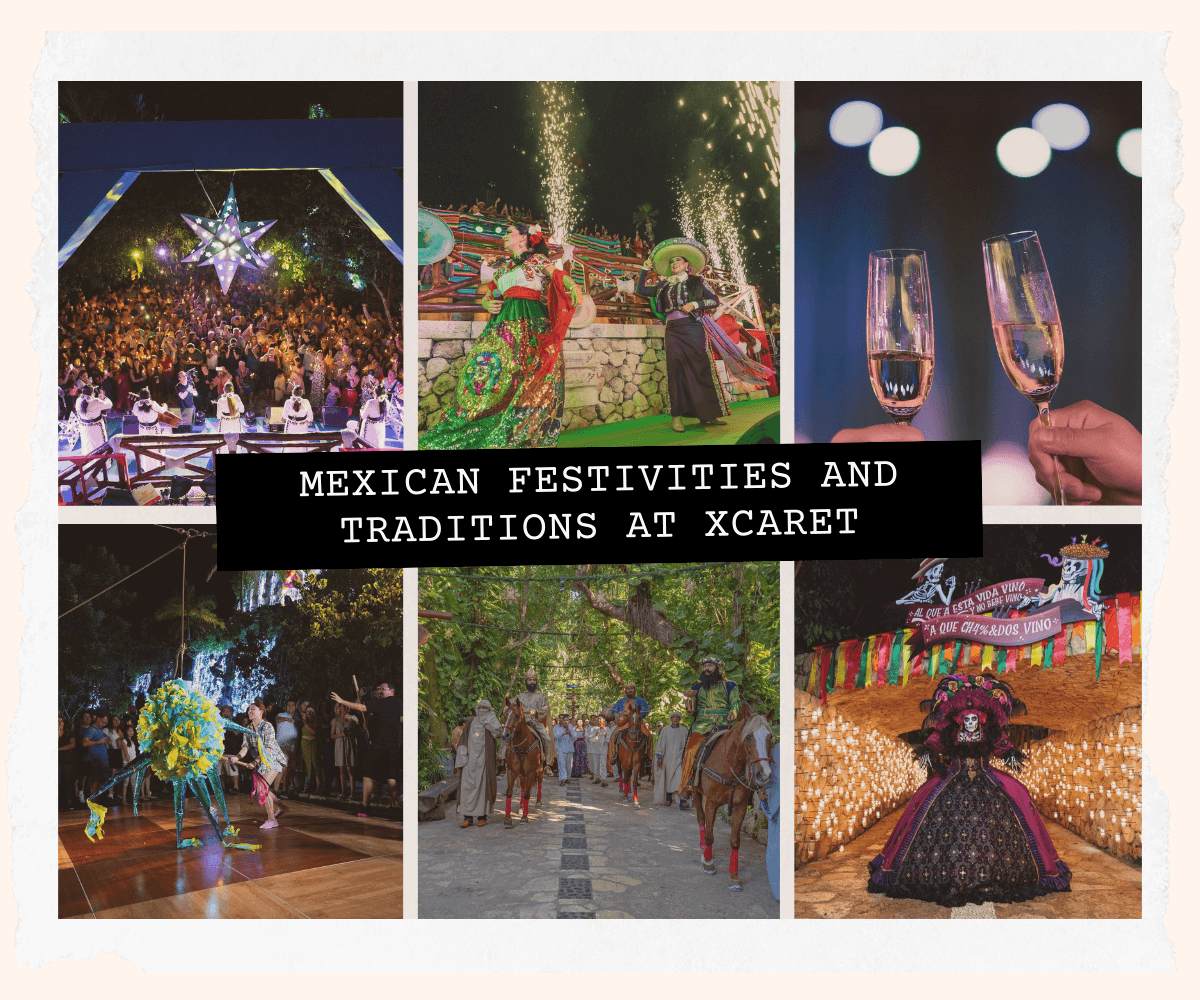The Day of the Death in the smallest state of Mexico: Tlaxcala
October 04, 2022
Between mountains, forests, and ancestral customs
Tlaxcala is a place full of stories and adventures
Let´s talk about the Day of The Death in Tlaxcala, but first some facts about this state:
With almost four thousand square kilometers, Tlaxcala is the smallest state in Mexico. It borders State of Mexico, Puebla, and Hidalgo. Its capital is Tlaxcala de Xicohténcatl. Huamantla and Tlaxco are the most famous places here because they are part of the list of Pueblos Mágicos (Magic Towns) in Mexico.
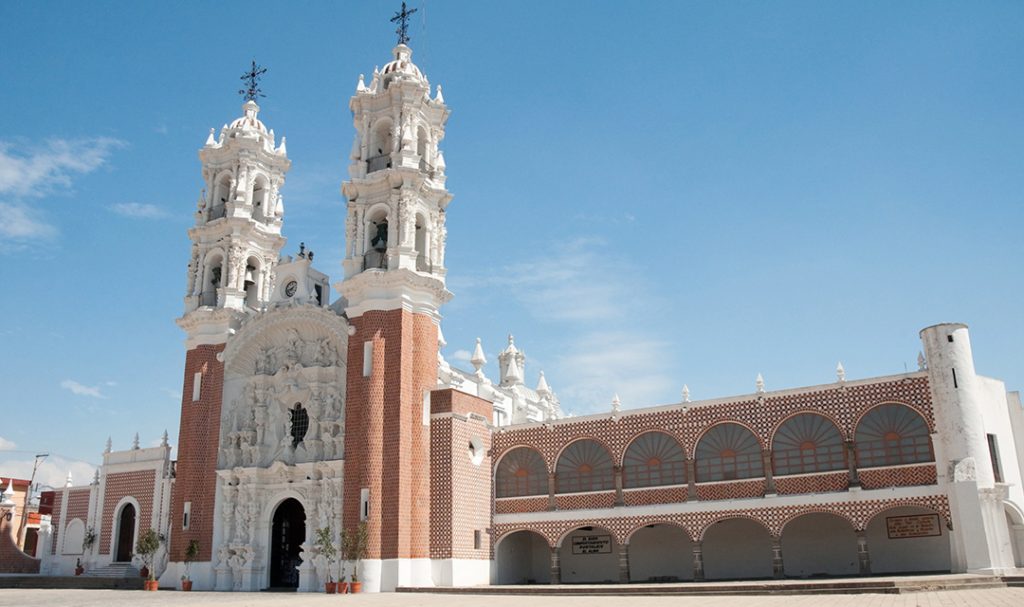
Tlaxcala was one of the few cities that resisted the conquest of the Mexica empire. Its history dates to pre-Hispanic times. In those times, the city was divided into four manors: Maxixcatzin, Xicohténcatl, Tlahuetxolotzin de Tepeticpac, and Citlalpopocatzin.
Hernán Cortés founded the colonial city of Tlaxcala in 1520 on the remains of the pre-Hispanic city. In 1525 Pope Clement ordered what would be the other foundation of the New Spain city of Tlaxcala with a decree, and it became the first diocese of New Spain and had its coat of arms with the title “Very noble city, very loyal city”.

These are only a few facts about the history of Tlaxcala. Now let’s talk about its attractions.
As I told you at the beginning of this blog, Tlaxcala hides surprising places. Let’s start with its Magic Towns, named like this for being places that combine historical attributes, legends, gastronomy, and transcendent events; in other words, these places are unique for travelers.

Huamantla
In 1534, the Spaniard Viceroy Antonio de Mendoza ordered the foundation of this city. Humantla was built under the name of San Luis de Huamantla on October 18th of that year.
The word Huamantla comes from the Nahuatl language and means “place of the formed trees”, as a reference to its heroic troops who were willing to fight to defend the territory.
There is a tradition in Huamantla called “La noche en que nadie duerme”, which means “The night in which nobody sleeps.
It’s one of the most incredible traditions of the town, which is celebrated every year on the night of August 14th to 15th in honor of the Virgin of Charity.

During this celebration, the main streets of Huamantla are decorated with colorful rugs made of sawdust to host a procession with said virgin. This celebration is part of the patronal fair, which concludes with the Huamantlada.
In addition, travelers can visit other attractions such as the National Puppet Museum, La Malinche Natural Park, the hill of Xalapaxco, the Pulque Museum, and Hacienda Tepeyehualco also this town is one of the most popular places to enjoy the Day of the Death in Tlaxcala.

Tlaxco
An ideal destination for travelers who love mountains and forests. This town is surrounded by great scenarios and its pulque culture. If you visit Tlaxco, visit the Tepetzala, Xochuca, and Xalostoc haciendas as well.
Among the beautiful attractions of this Magical Town is the Atlangatepec Lagoon, located just 20 kilometers away. Here you can do sport fishing or boat rides.
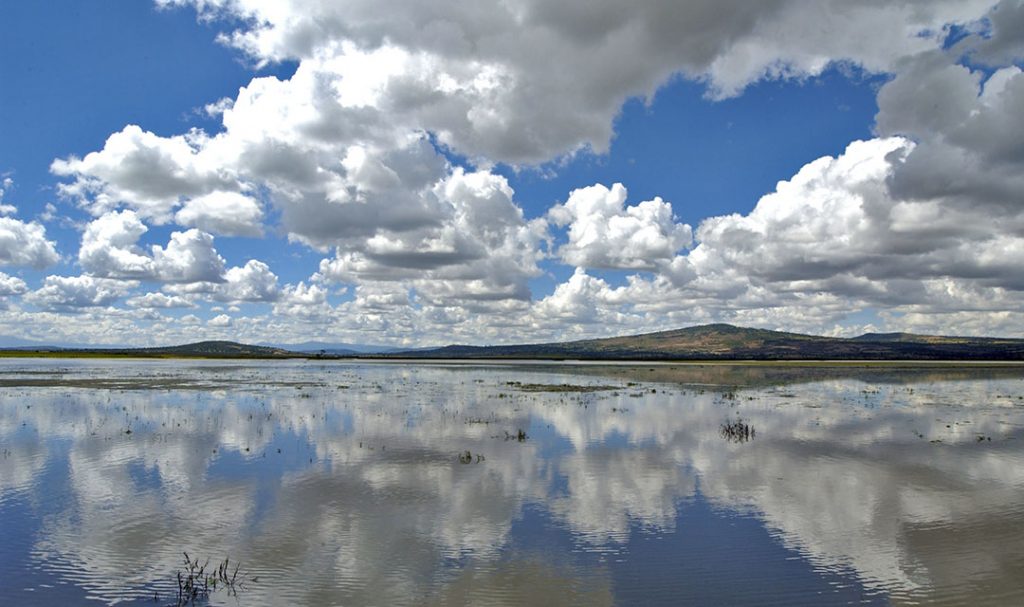
Tlaxco has an ancient story to tell, and in its caves of La Parada and La Gloria, you can admire cave paintings.
Among the festivities of this Magical Town are the Feast of San Agustín on August 28, the Dance of the Negritos, the Cheese, Wood, and Pulque Fair, as well as the Feast of Calvary on Lent Sundays.

Now that you know a little about these two towns, I want to tell you that Tlaxcala has endless attractions. Here’s a small list:
- Sanctuary of the Fireflies in the forests of Nanacamilpa.
- Cuapiaxtla desert 16 kilometers from Huamantla.
- Atlihuetzia waterfall is near the town of the same name.
- Hoyanca de Sanctórum is as mystical as it sounds because it’s the crater of a meteorite.
- Tizatlán Botanical Garden in the state capital.
- Peña del Rosario in the town of Acopinalco del Peñón.

READ MORE: MEXICAN PUEBLOS MAGICOS, WHAT’S SO MAGICAL ABOUT THEM?
Day of the Dead in Tlaxcala
Yes, I am sure that you are as surprised as I am with everything that Tlaxcala hides, but it is time to talk about the tradition that brought Tlaxcala to Xcaret: The Day of the Dead!
This celebration has made famous the Mexican culture in the world since our particular way of honoring those who are no longer with us has crossed borders. For example, in San Luis Potosí we celebrate Xantolo, while in Yucatán we celebrate Hanal Pixán. Tlaxcala’s celebration for the Day of the Dead happens differently depending on the plac
In pre-Hispanic times, the Tlaxcalans were ruled by a Nahuatl calendar called Tonalamatl, which divided the year into 18 months of 20 days each. That is why the children’s celebration called Miccailhuipzintli is held from August 9 to 28. The adult celebration called Hueymiccailhui is held from August 29 to September 17.
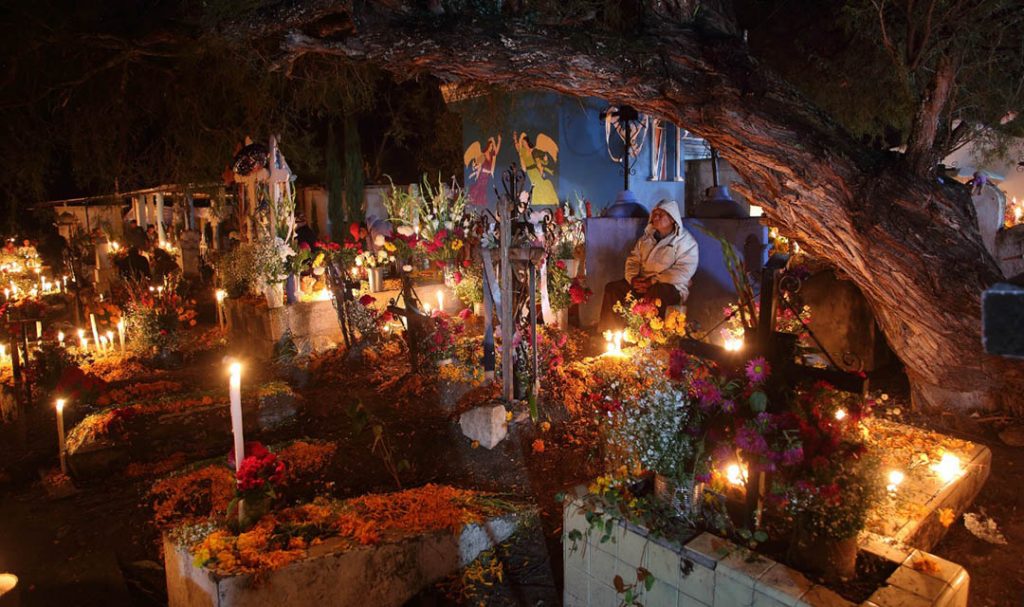
Here in Tlaxcala, the presence of the Otomí, Nahuatl, and Olmeca-Chichimeca cultures has resulted in religious syncretism; that’s why many old traditions have been mixed with the new ones.
- In San Juan Totolac, the offerings are mostly made with bread since this place is famous for its bakers.
- In San Juan Ixtenco they use natural crosses to decorate houses and cemeteries since the branches that are used already have the shape of a crucifix when cut.
- In Tepehite it is customary for all the faithful to attend the cemetery at night to wait for the souls to dine with them and leave offerings.
- In San Luis Teolocholco, a small town near the Iztaccíhuatl volcano, the offerings are mostly made with corn, a sacred element in many cultures, leaving bread aside.
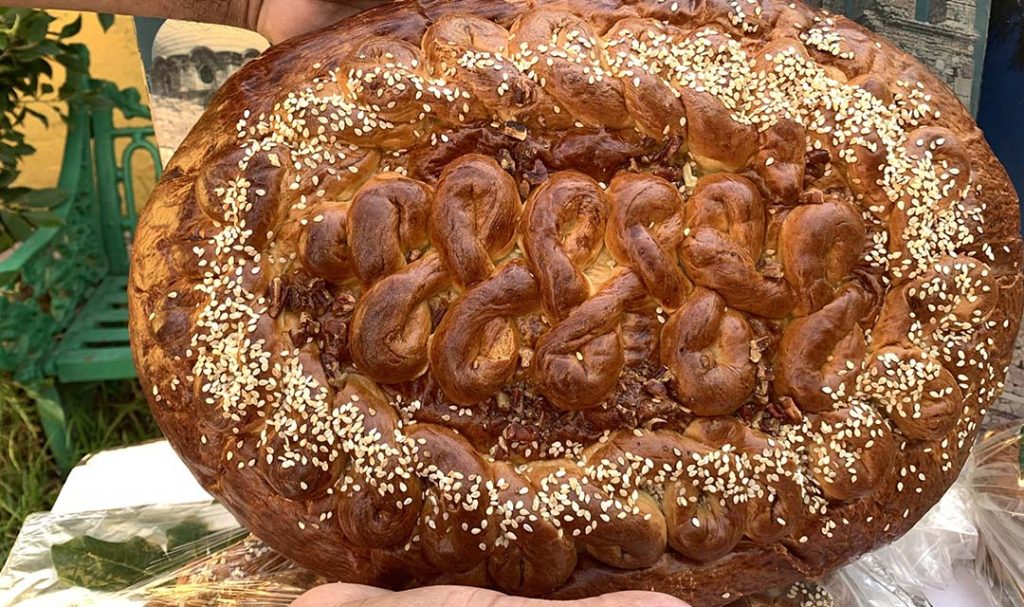
Did you know that Tlaxcala has one of the oldest Day of the Dead celebrations in Mexico?
La Fiesta de Todos Los Santos dates from the year 1826. October 28 begins the Day of the Dead for the injured souls or those who left this world unexpectedly.
Tlaxcalan gastronomy also has various typical dishes such as tlatlapas, Tocatlan chicken, turkey mole, amaranth atole, pulque, muéganos huamantlecos, cottage cheese with piloncillo, or the famous ram mixiote and many other recipes to enjoy The Day of The Death in Tlaxcala.
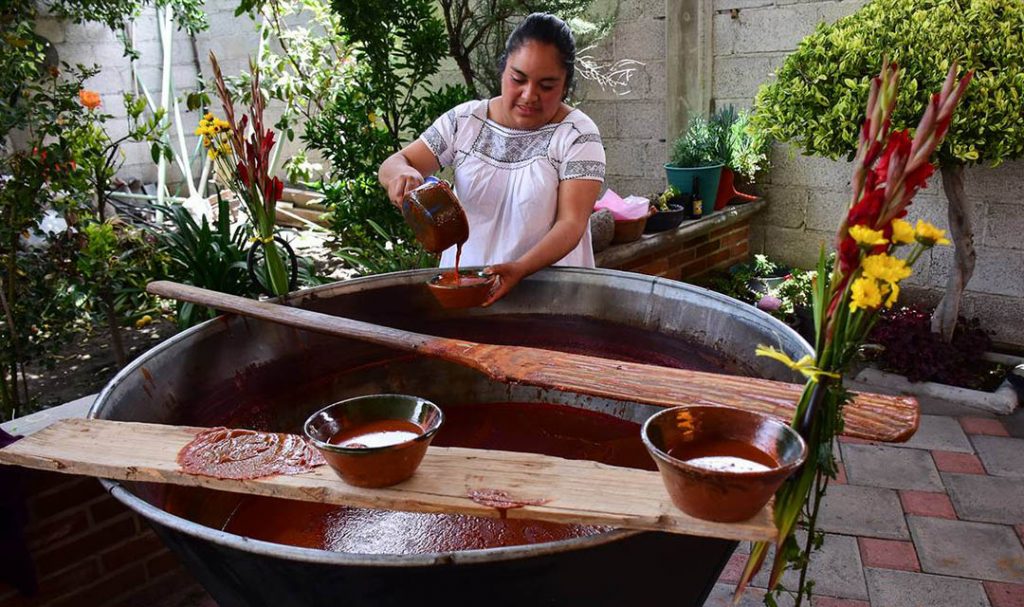
Tlaxcala surprised me with everything it has to show, and that is why it is our gala guest at the Festival of Life and Death Traditions at Xcaret.
I think it´s your time to enjoy the Day of The Death in Tlaxcala in your next trip.
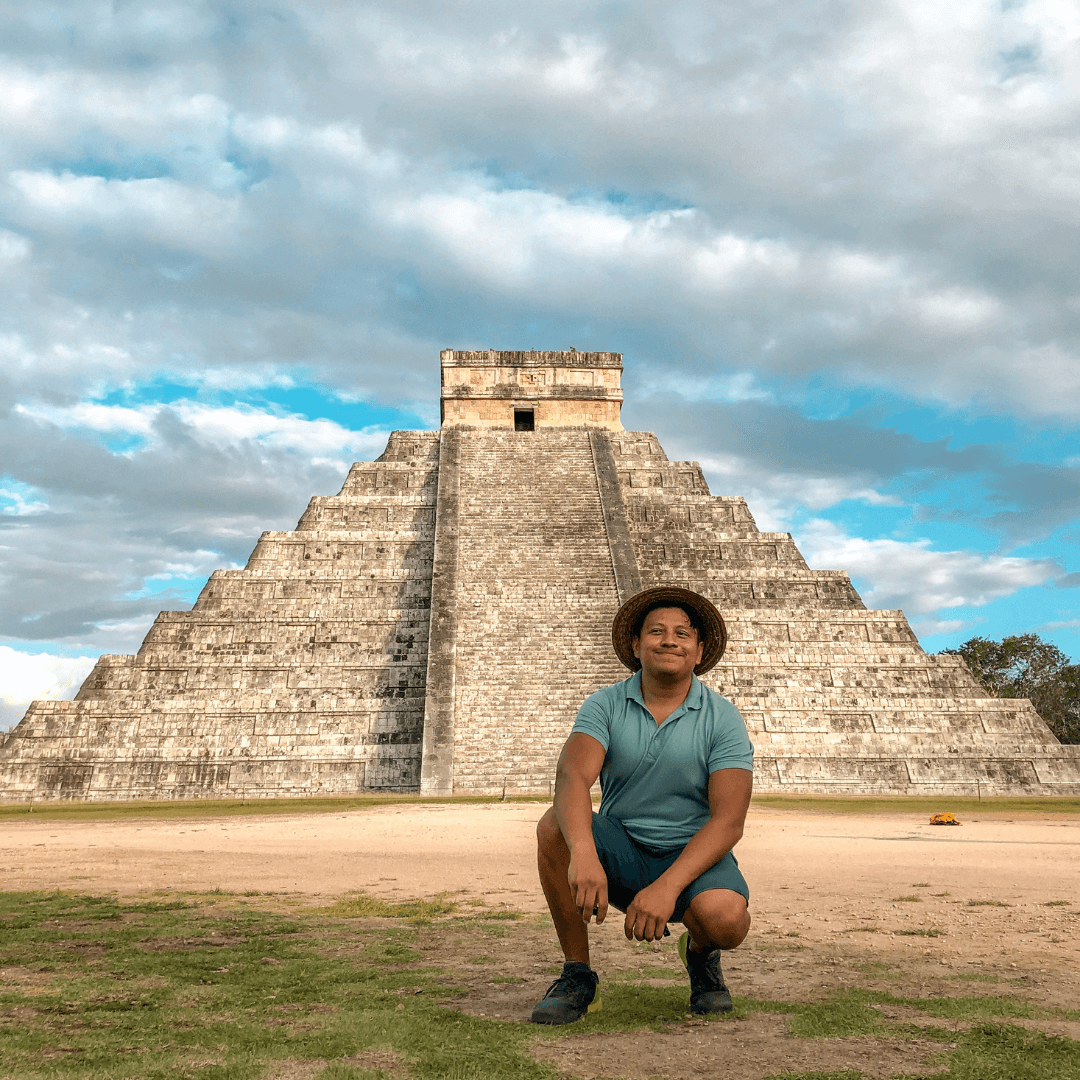
Apasionado por lo no establecido, viajo y colecciono historia para compartir con quien quiera escuch...
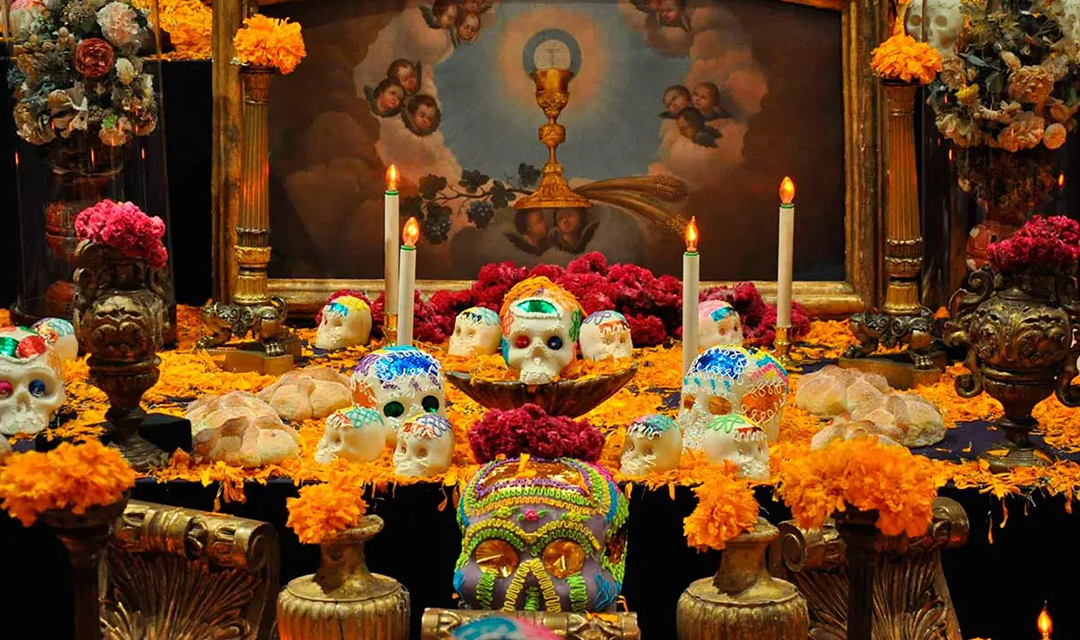
Posts Relacionados
Grupo Xcaret
Hotels

